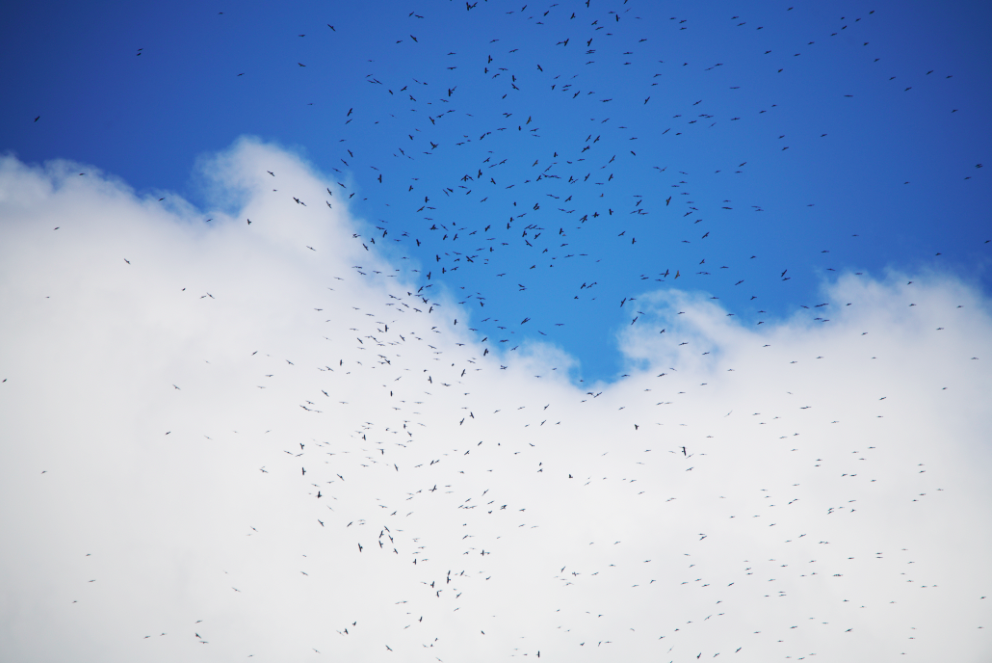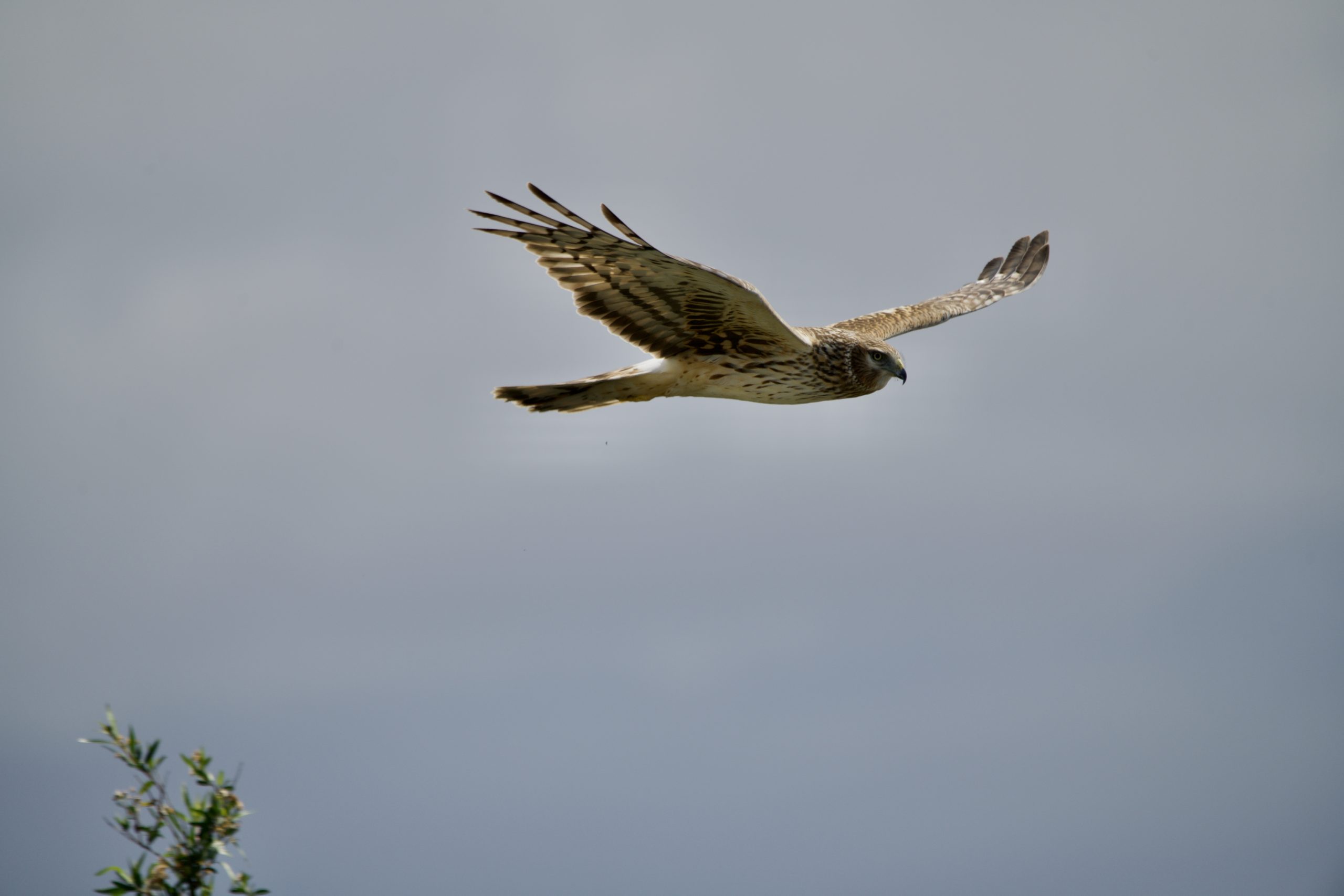Many types of birds migrate between North and South America every year – and raptors are no exception. Although migrating raptors may be seen nearly anywhere in the Americas during their travels, some areas see particularly massive groups where the landscape forces multiple routes together.
Panama is part of the Mesoamerican Land Corridor, the most important migration pathway in the Americas. More than two million raptors can be seen as they migrate through Panama each year, making it the third largest raptor migration in the world (the other two largest are in Eliat, Israel and Vera Cruz, Mexico).
We understand some aspects of migration, but much of the process remains a mystery. Here’s what we know:
Seasonality
Migratory raptors, like other migratory birds, travel great distances every year to take advantage of seasonal resources. Generally, the following seasons correspond to those in North America (though a few species follow the same pattern with South American seasons instead).
Summer is the breeding season when birds nest in high-resource areas. These locations contain plenty of food to raise their young and longer days than in the tropics, providing more time for hunting.
Fall is when the weather starts to change: days get shorter, it gets colder, and food becomes less abundant so birds begin leaving their breeding grounds and heading towards their wintering grounds.
Winter usually has very few resources available in temperate climates, so raptors move to warmer areas in Central/South America where food is comparably more abundant (though less abundant than in breeding grounds during the summer, causing high levels of competition).
Spring is when birds begin to return to their breeding grounds. This migration is normally smaller than the fall because many birds – especially juveniles – die while overwintering due to competition for resources.

How do they travel?
Traveling takes an enormous amount of energy, with some birds covering thousands of miles in a matter of weeks! The specific distance traveled depends on the species: Broad-winged Hawks, for example, travel an average of 4,350 miles, while Swainson’s Hawks travel an average of 14,000 miles.
Unlike smaller migratory birds, which migrate mostly at night, raptors almost exclusively migrate during the daytime, avoiding obstacles that impede their flight and taking advantage of features which allow them to save energy:

Migratory birds of prey like these Mississippi Kites may form large groups known as "kettles" while taking advantage of useful air currents.
Thermals are areas of rising warm air created when the sun heats up the land. By soaring in these thermals, raptors can easily gain altitude and save energy.
Updrafts create similar conditions as thermals, but are created when wind strikes a ridgeline and is pushed upwards. These updrafts may be more consistent over an area than thermals, allowing birds to save energy over a distance by following landscape features.
Obstacles, like large bodies of water which don’t create thermals, are avoided by raptors because they require too much effort and don’t provide areas to land and rest in case they get tired or encounter a storm.
Leading lines are geographical features like coastlines and mountain ranges that birds follow as a sort of “map” to ensure they’re traveling the correct direction.

